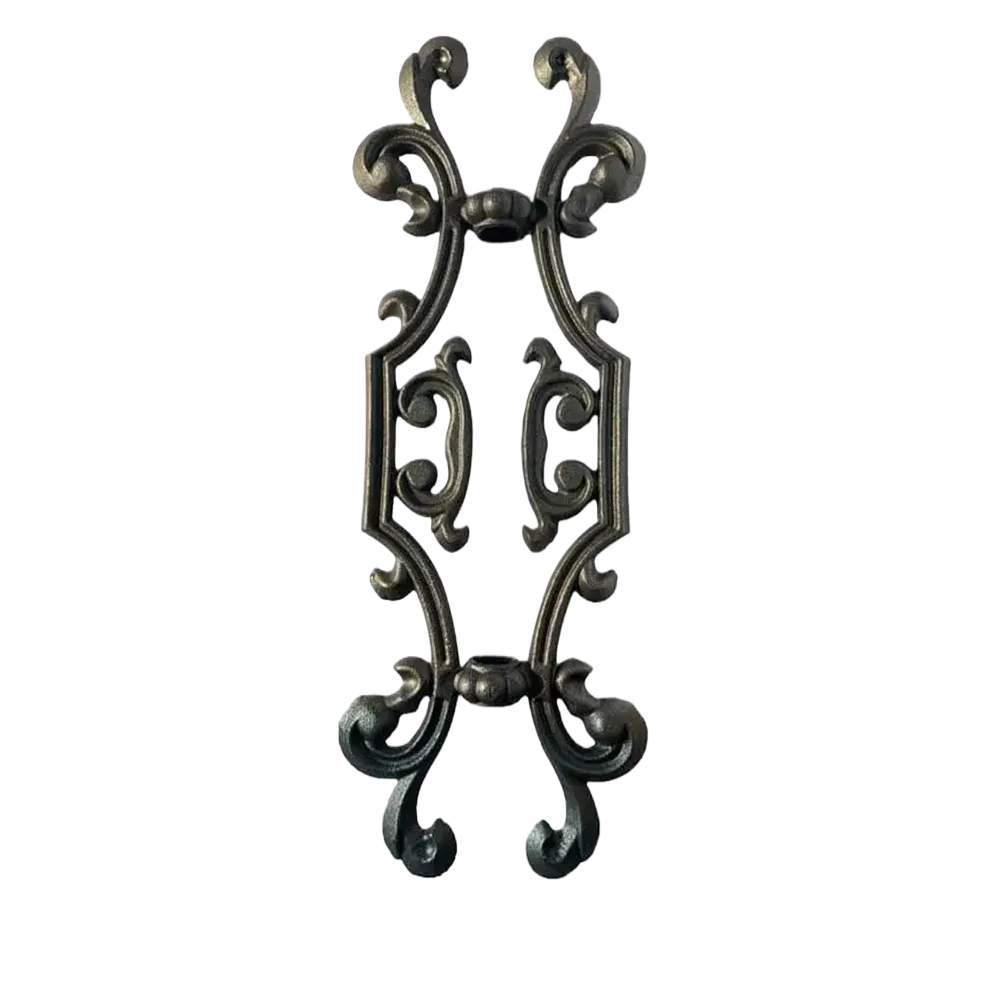Exploring Innovative Solutions for Door and Window Hardware in Modern Architecture
Exploring Door and Window Hardware Essential Components for Home Security and Aesthetics
When it comes to enhancing the functionality, security, and aesthetics of our homes, door and window hardware play a crucial role. While often overlooked, these components are vital for ensuring that our entrances and exits operate smoothly, are secure against intrusions, and complement the overall design of the home. In this article, we will explore the various types of door and window hardware, their functions, and the importance of choosing the right materials.
Types of Door Hardware
1. Knobs and Levers One of the most noticeable aspects of door hardware, knobs and levers serve both functional and decorative purposes. Available in various styles, materials, and finishes, they can enhance the overall aesthetic of a door while providing ease of use. Lever handles are often more accessible, particularly for individuals with mobility issues.
2. Deadbolts Security is a major concern for homeowners, and deadbolts provide an extra layer of protection for exterior doors. Unlike regular spring-loaded locks, deadbolts require a key or a thumb turn to operate, making them harder for intruders to pick or force open. Homeowners can choose between single-cylinder and double-cylinder deadbolts based on their security needs.
3. Hinges These essential components allow doors to swing open and closed. Heavy-duty hinges are crucial for ensuring the longevity of doors, especially those that see frequent use. Interior doors typically use lighter hinges, while exterior doors require sturdier options to withstand the elements and intruders.
4. Panic Bars and Exit Devices For commercial properties or homes with multiple occupants, panic bars and exit devices are crucial for safety. These devices facilitate quick exit during emergencies by allowing individuals to push open the door without needing to turn a knob.
door and window hardware

Types of Window Hardware
1. Locks Just as doors need locks for security, windows require sturdy locking mechanisms to prevent unauthorized access. Cam locks, sash locks, and pin locks are common types, each offering different levels of security depending on the window type.
2. Hinges and Operators Window hinges allow windows to open and close properly. Casement windows, for example, use specialized hinges, while sliding windows have rollers. Operators, which are mechanisms that help open and close certain types of windows, are also essential for functionality.
3. Grilles and Screens Both decorative and practical, window grilles enhance the visual appeal of windows while acting as a deterrent to potential intruders. Screens, on the other hand, keep pests out while allowing fresh air in. Select window screens that can easily be removed or replaced for convenience.
Importance of Quality Materials
Choosing quality materials for door and window hardware is paramount. High-quality metals like stainless steel and brass not only ensure durability but also resist corrosion and wear. Additionally, hardware that matches the overall style and color scheme of the home enhances curb appeal. Investing in high-quality hardware can result in long-term savings, as they are less likely to fail and require replacement.
In conclusion, door and window hardware is essential for both functionality and aesthetics in any home. By carefully selecting the right types of hardware and investing in quality materials, homeowners can enhance their security, improve accessibility, and elevate the overall design of their living spaces. Whether you are renovating your home or building a new one, paying attention to these details will undoubtedly pay off in the long run.
-
Wrought Iron Components: Timeless Elegance and Structural StrengthNewsJul.28,2025
-
Window Hardware Essentials: Rollers, Handles, and Locking SolutionsNewsJul.28,2025
-
Small Agricultural Processing Machines: Corn Threshers, Cassava Chippers, Grain Peelers & Chaff CuttersNewsJul.28,2025
-
Sliding Rollers: Smooth, Silent, and Built to LastNewsJul.28,2025
-
Cast Iron Stoves: Timeless Heating with Modern EfficiencyNewsJul.28,2025
-
Cast Iron Pipe and Fitting: Durable, Fire-Resistant Solutions for Plumbing and DrainageNewsJul.28,2025
-
 Wrought Iron Components: Timeless Elegance and Structural StrengthJul-28-2025Wrought Iron Components: Timeless Elegance and Structural Strength
Wrought Iron Components: Timeless Elegance and Structural StrengthJul-28-2025Wrought Iron Components: Timeless Elegance and Structural Strength -
 Window Hardware Essentials: Rollers, Handles, and Locking SolutionsJul-28-2025Window Hardware Essentials: Rollers, Handles, and Locking Solutions
Window Hardware Essentials: Rollers, Handles, and Locking SolutionsJul-28-2025Window Hardware Essentials: Rollers, Handles, and Locking Solutions -
 Small Agricultural Processing Machines: Corn Threshers, Cassava Chippers, Grain Peelers & Chaff CuttersJul-28-2025Small Agricultural Processing Machines: Corn Threshers, Cassava Chippers, Grain Peelers & Chaff Cutters
Small Agricultural Processing Machines: Corn Threshers, Cassava Chippers, Grain Peelers & Chaff CuttersJul-28-2025Small Agricultural Processing Machines: Corn Threshers, Cassava Chippers, Grain Peelers & Chaff Cutters












